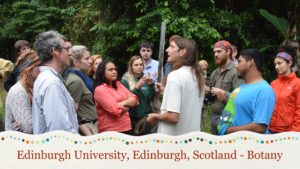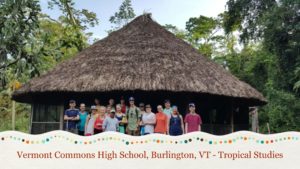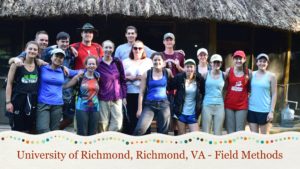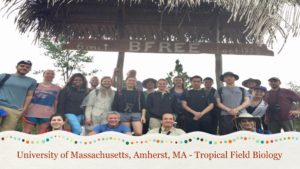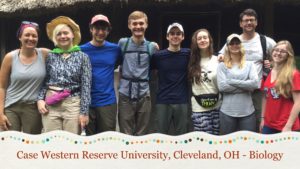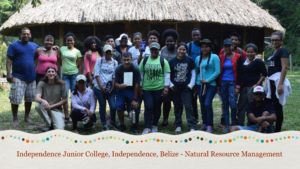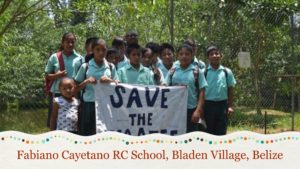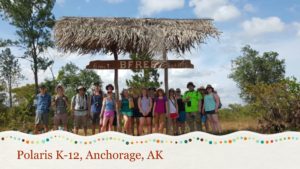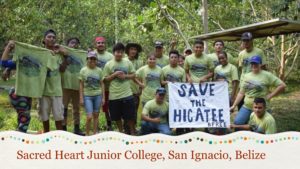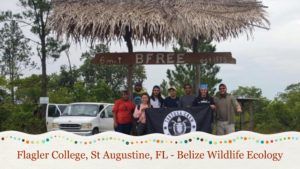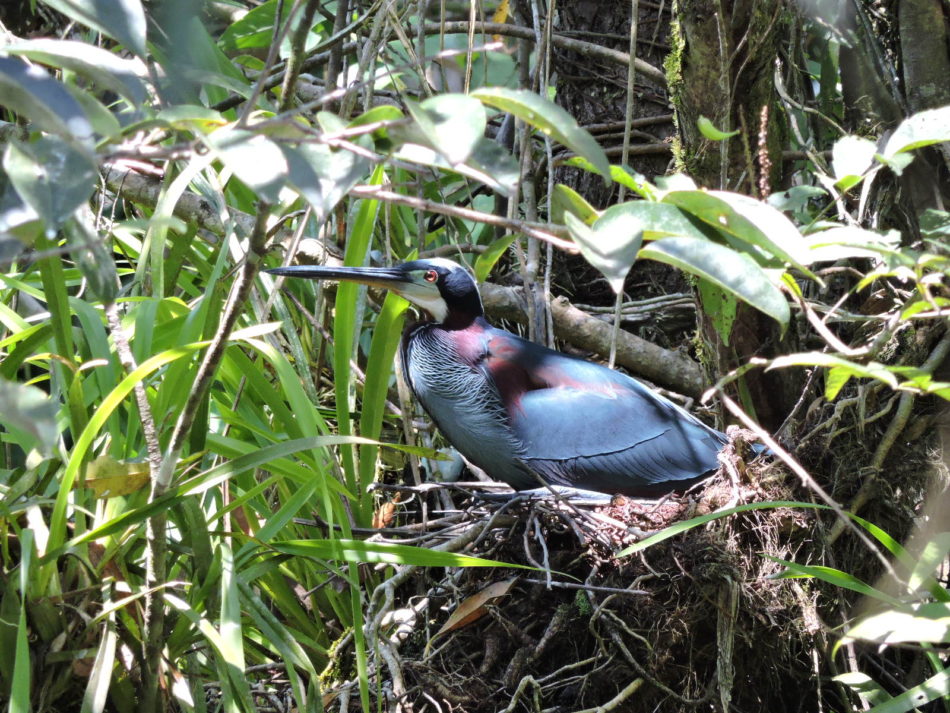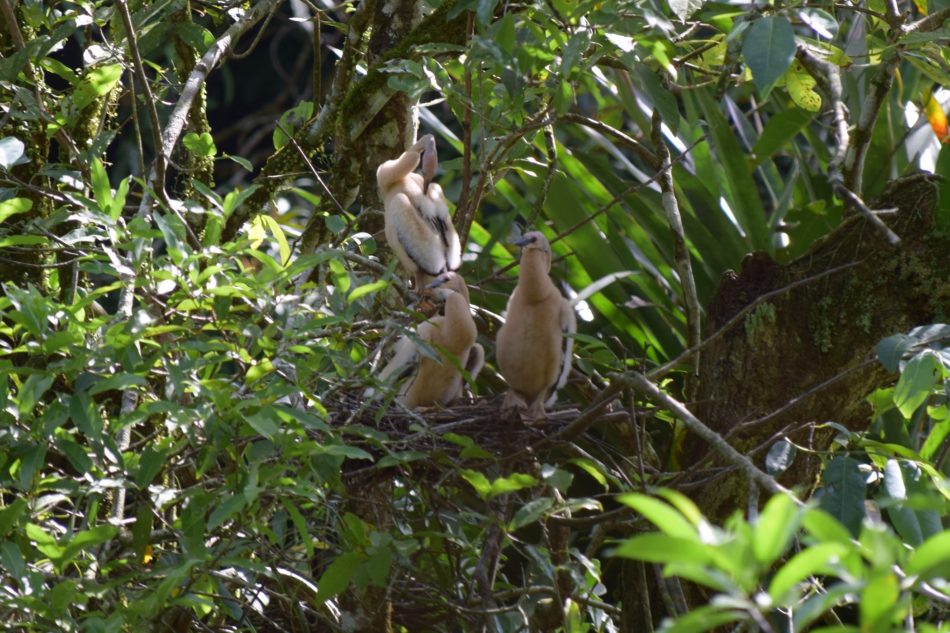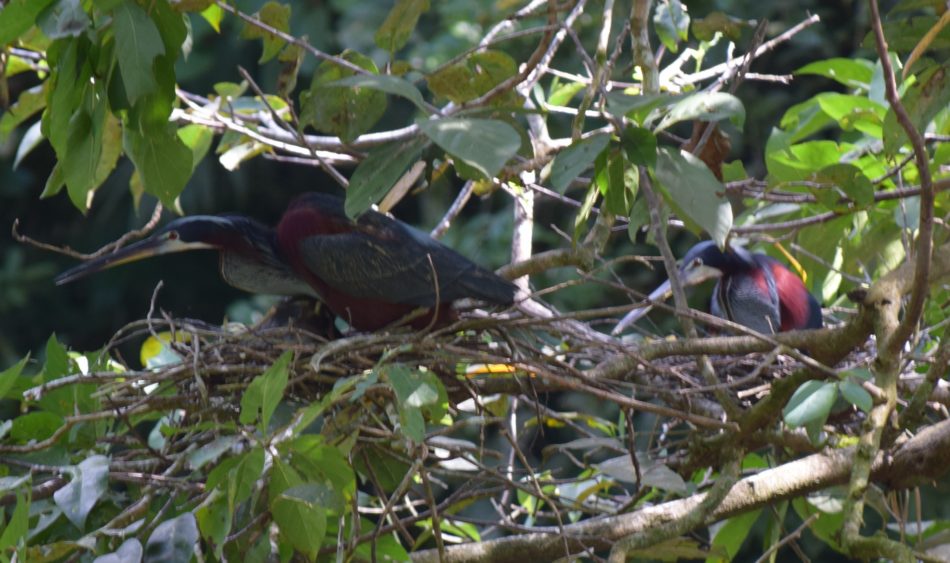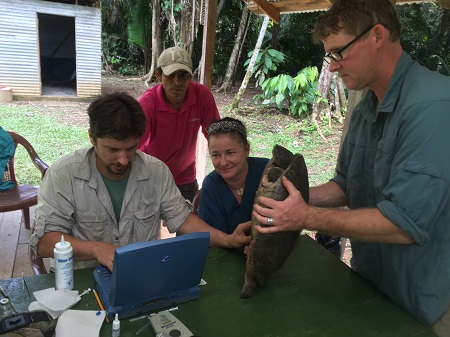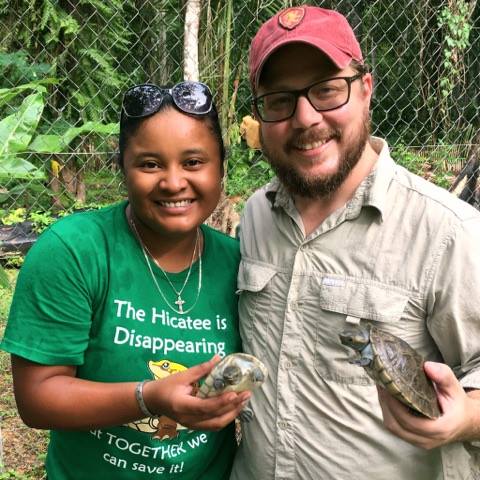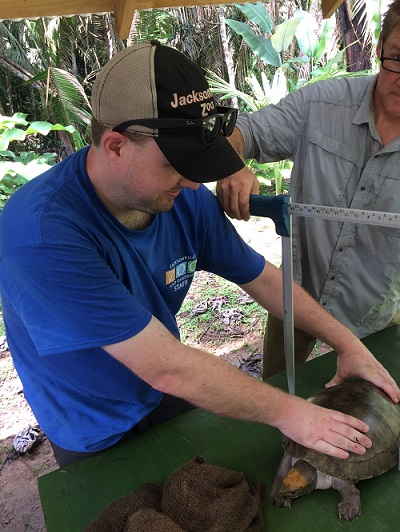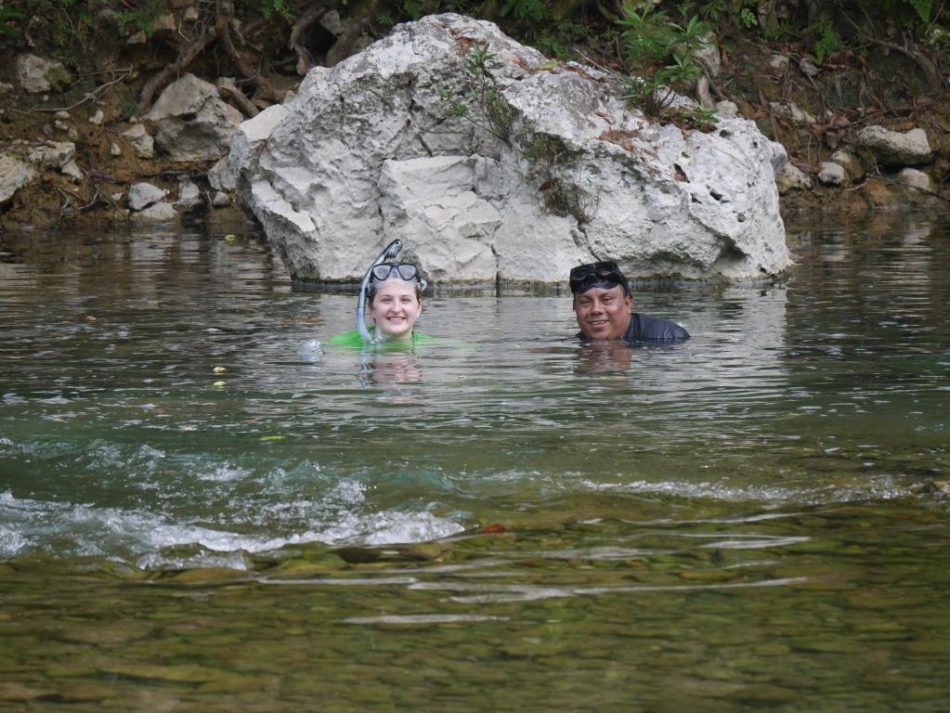Genetic Analysis of Dermatemys mawii
BFREE’s second Hicatee (Central American River Turtle) Health Assessment of 2022 took place on July 5 and 6. These dates were much earlier than normal because there was an opportunity to conduct a much-needed genetics study. Dr. Natalia Gallego Garcia traveled from Colombia to collect the samples that will be used for genetic analysis. With the help of Luke Pearson and Isabelle Paquet-Durand, she was able to collect 44 samples from the 46 adult captive turtles in residence at the Hicatee Conservation and Research Center (HCRC). Collected samples will be stored at BFREE until export permits are received. The study is critical to the on-going work at the HCRC and for the Hicatee program in Belize.
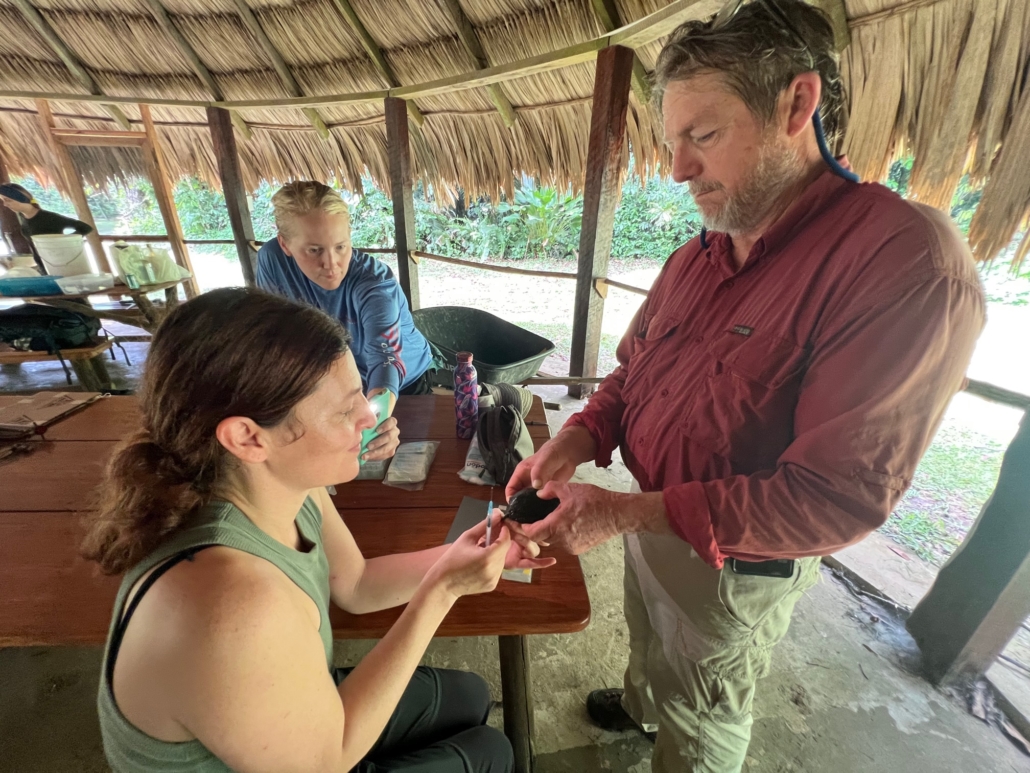
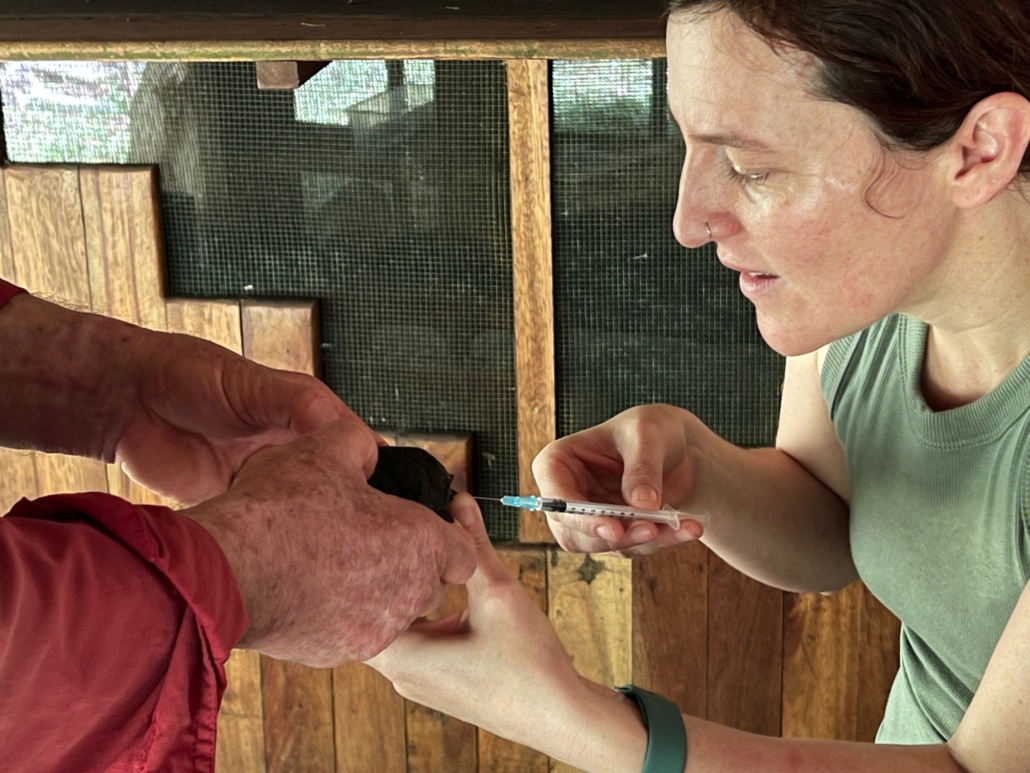
Improving Captive Management
Using this genetics study, Natalia will implement a paternity analysis. Data collected will be used to assign all the clutches hatched at the HCRC to a mother (dame) and to potential fathers (sires). We will also gain an understanding of the reproductive output of the species by determining which captive adults are reproducing and how often. Results will be used to improve captive management protocols.
Supplementing Wild Populations
Further, the study will help us determine the genetic composition of wild populations and understand how to supplement those populations with captive animals if necessary. Dr. Gallego-Garcia will conduct a population genetics analysis that includes wild samples in Belize as well as Mexico and Guatemala.
In addition to the genetics study, morphometric data was collected on all adults as well as the majority of juveniles. Dr. Isabelle and her assistant performed ultrasounds on all adult females and identified follicles already forming in many of the turtles.
Finally, because a survey team from Turtle Survival Alliance’s North American Freshwater Turtle Research Group (NAFTRG) was onsite, Natalia was able to collect samples from a subset of those turtles as well.
Hicatee Health Assessment participants
UCLA Shaffer Lab – Natalia Gallego-Garcia; TSA- NAFTRG turtle survey team members – Eric Munscher, Collin McAvinchey, Becca Cozad, Tabitha Hootman, Arron Tuggle, Georgia Knaus, Maddie Morrison, Nichole Salvatico, Luke Pearson, and Stephen Ross; TSA and BFREE Board Member – Tim Gregory; Belize Wildlife and Referral Clinic – Isabelle Paquet Durand; BFREE – Tom Pop, Jonathan Dubon, Barney Hall, Jacob Marlin and Heather Barrett
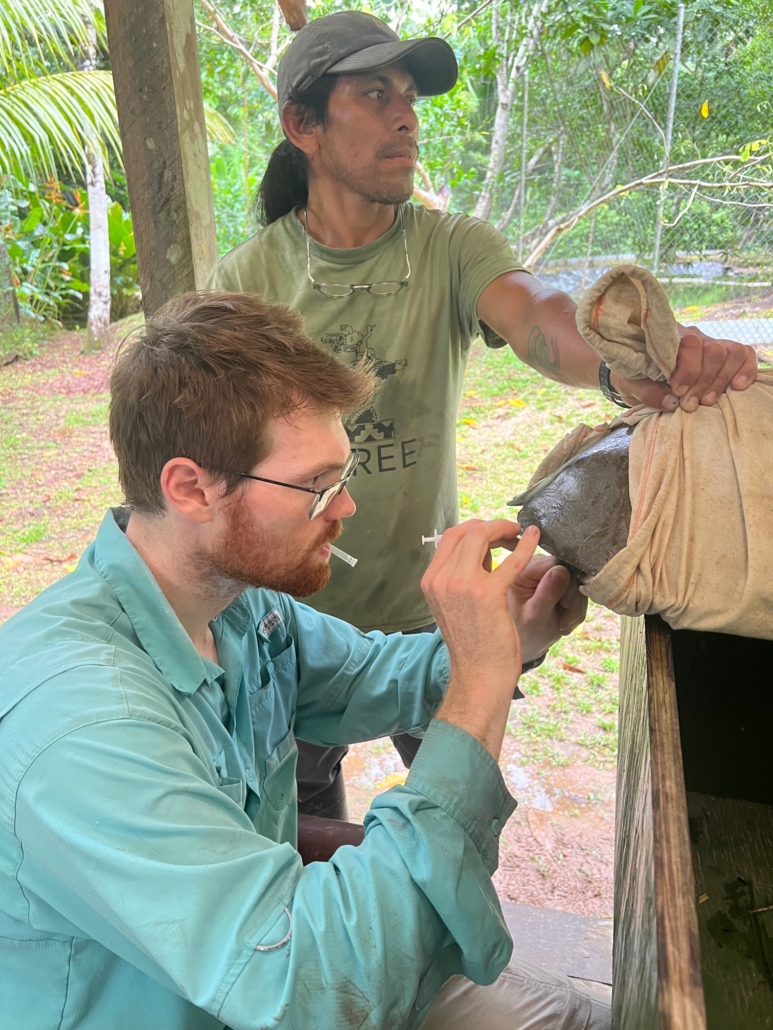
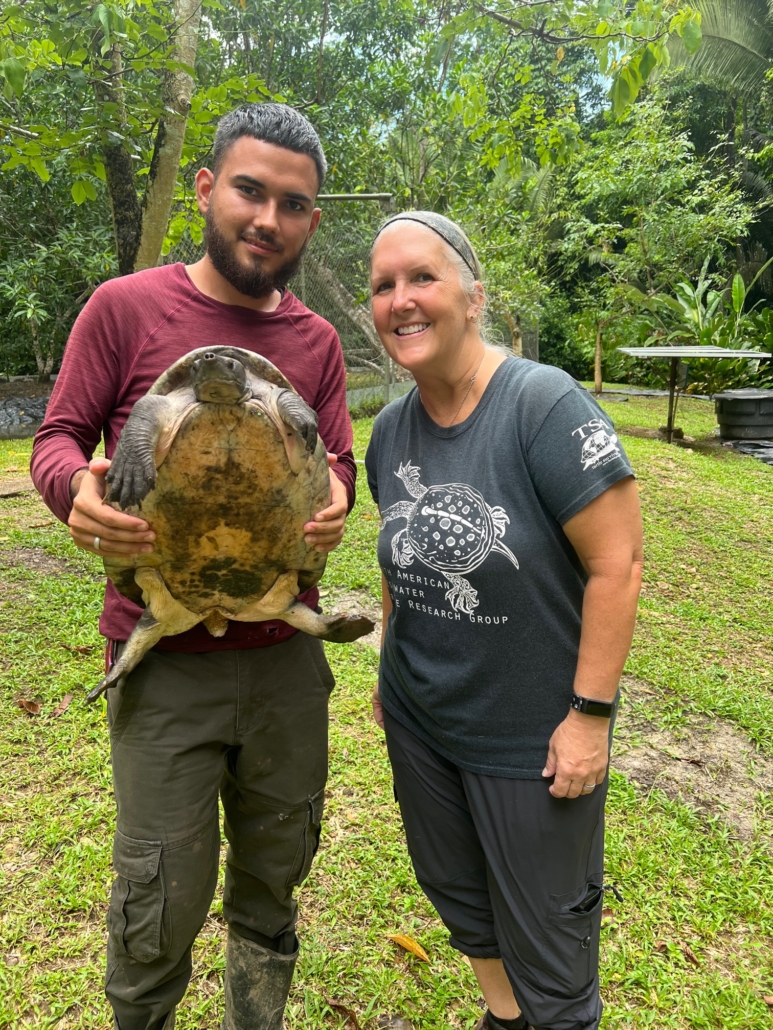
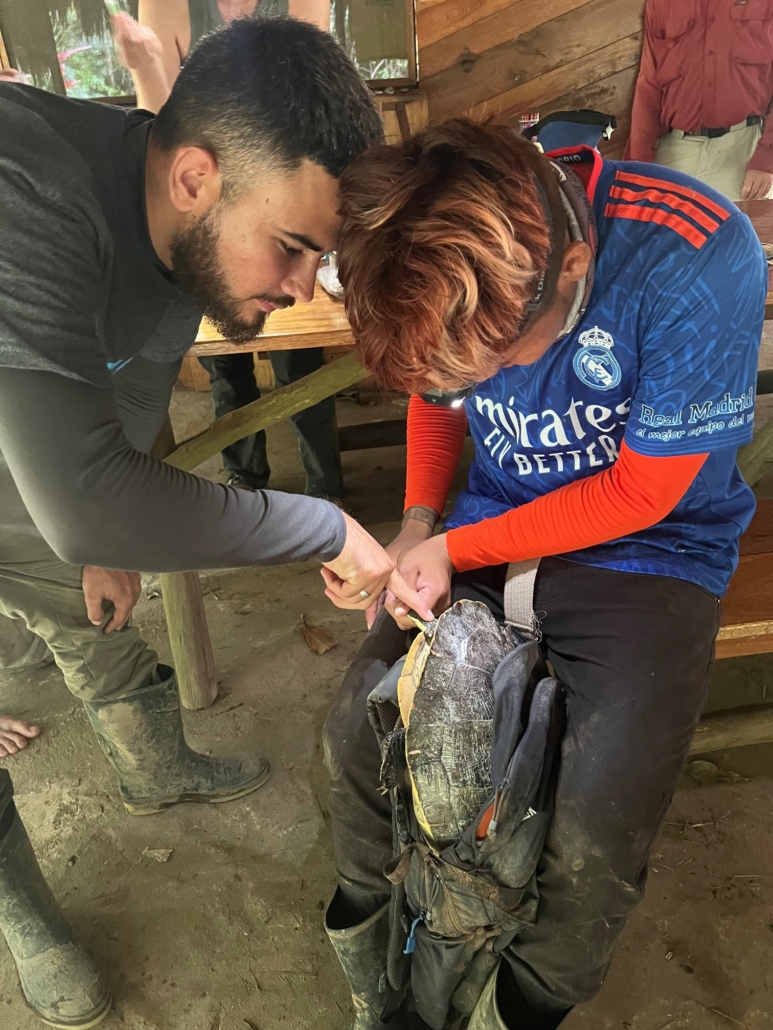
Natalia Gallego García received her Ph.D in 2019 at Universidad de los Andes. For her dissertation, she used landscape genomics to determine mechanisms affecting the functional connectivity in two endangered and endemic turtles in Colombia. She conducts work through UCLA’s Shaffer Lab as a postdoc, working on a range wide landscape genomic analysis of the red-footed tortoise across South America, with a particular emphasis on Colombian population differentiation.

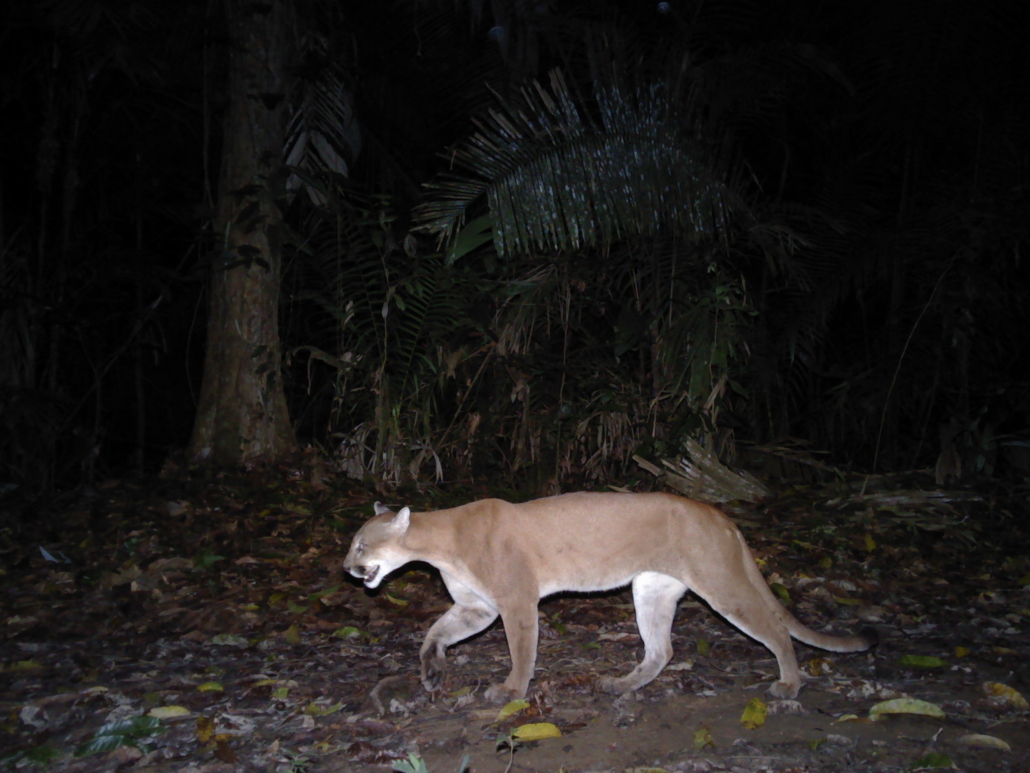
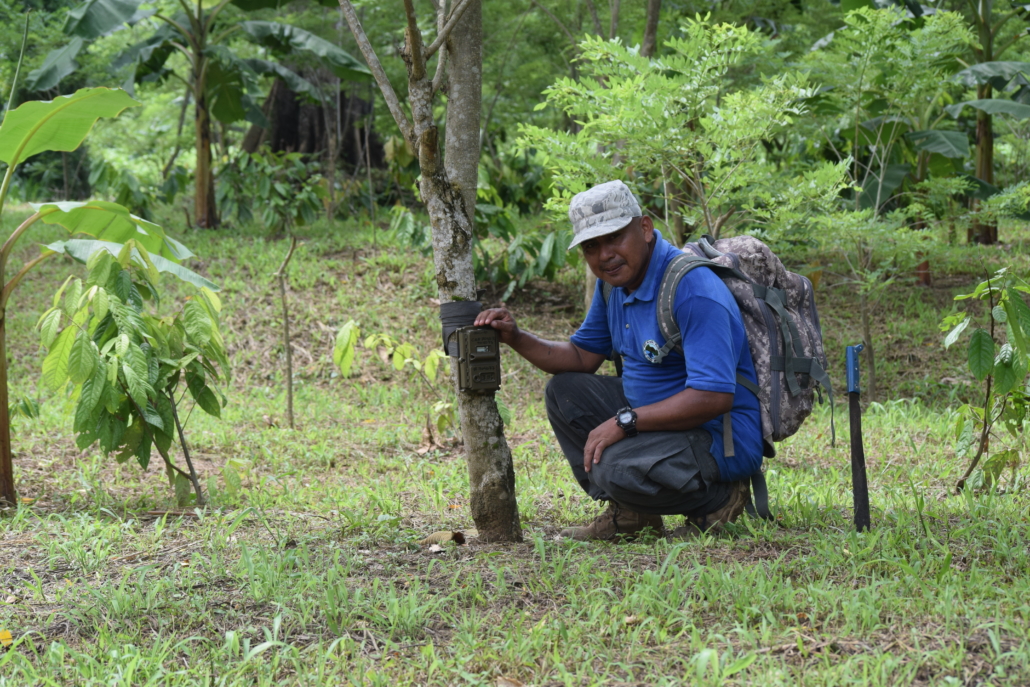


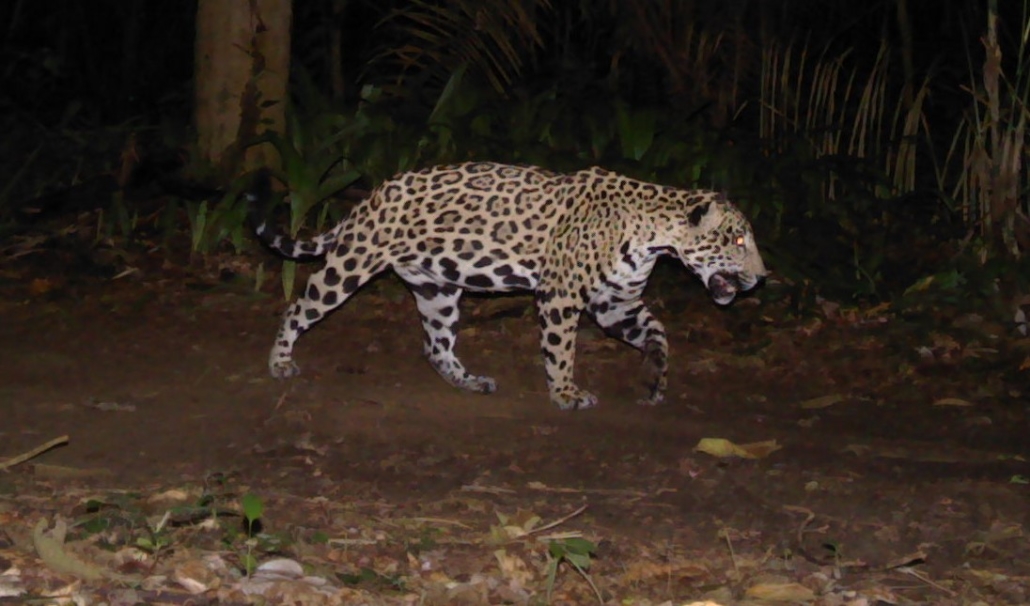

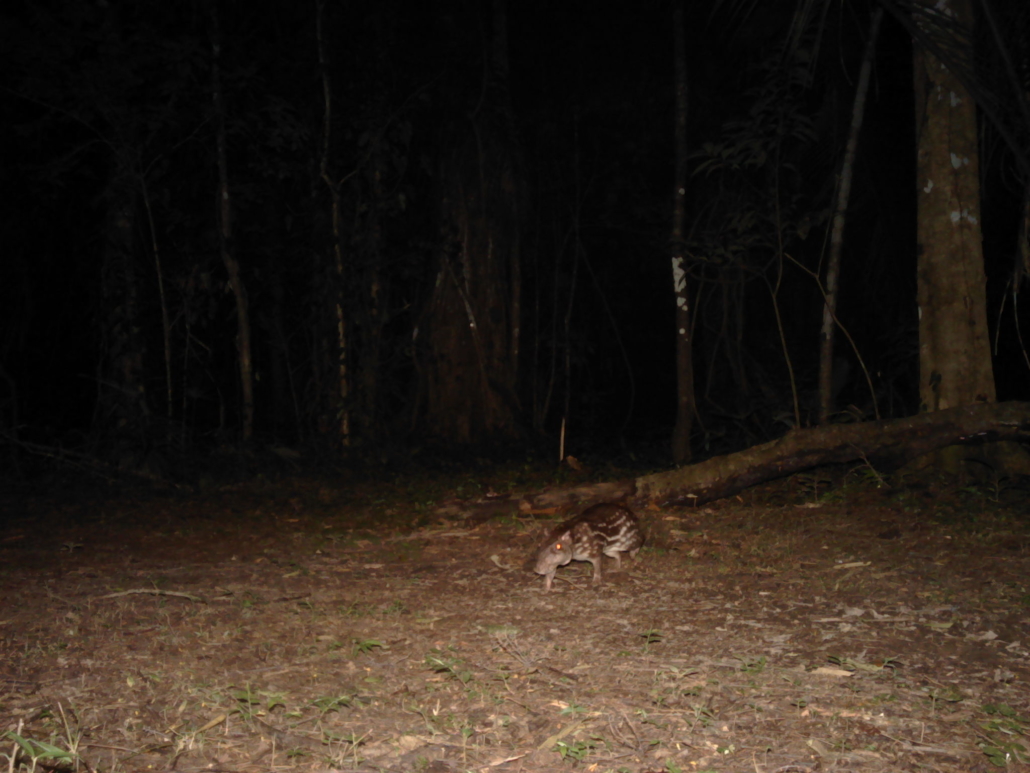

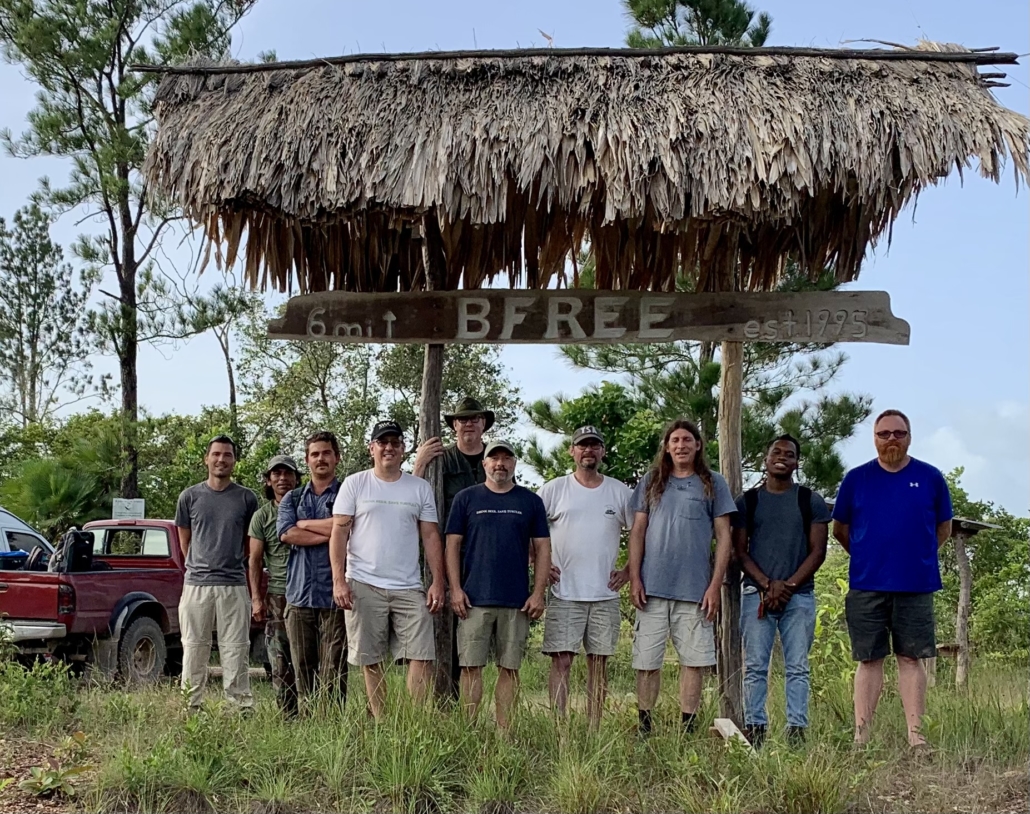
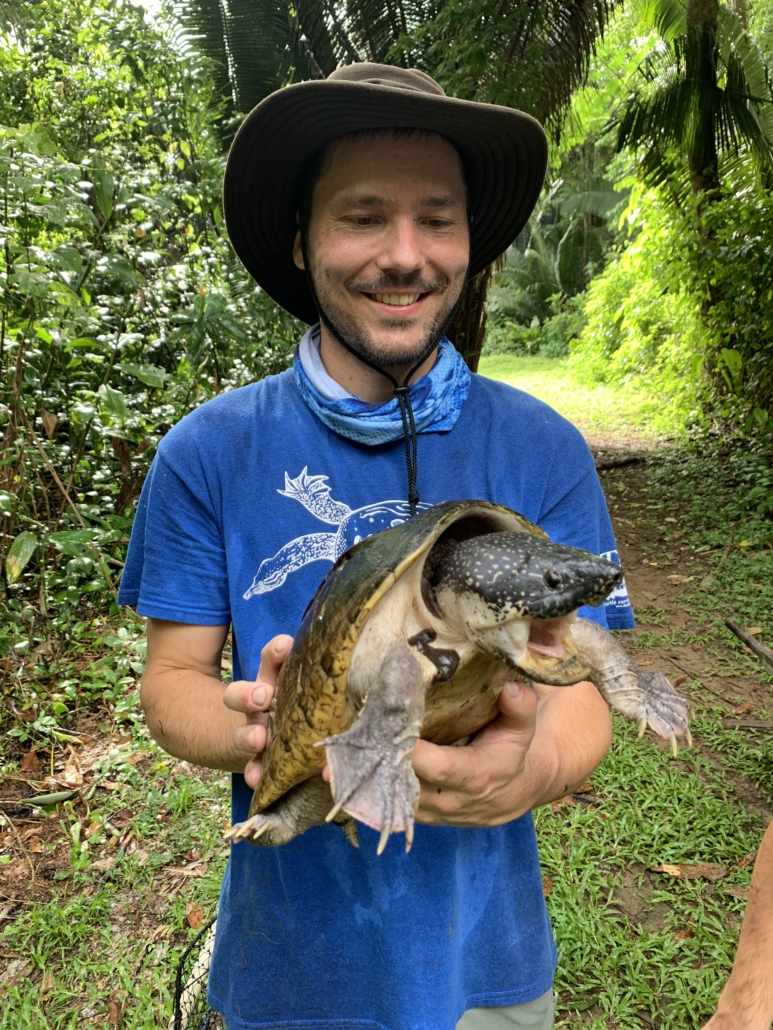
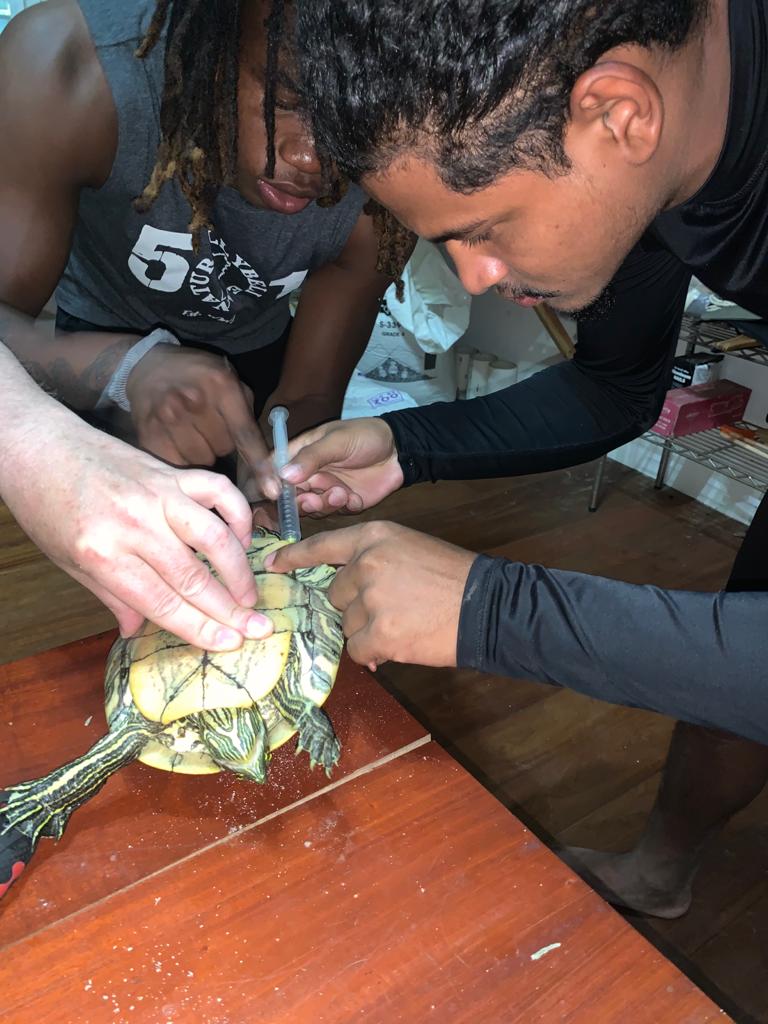
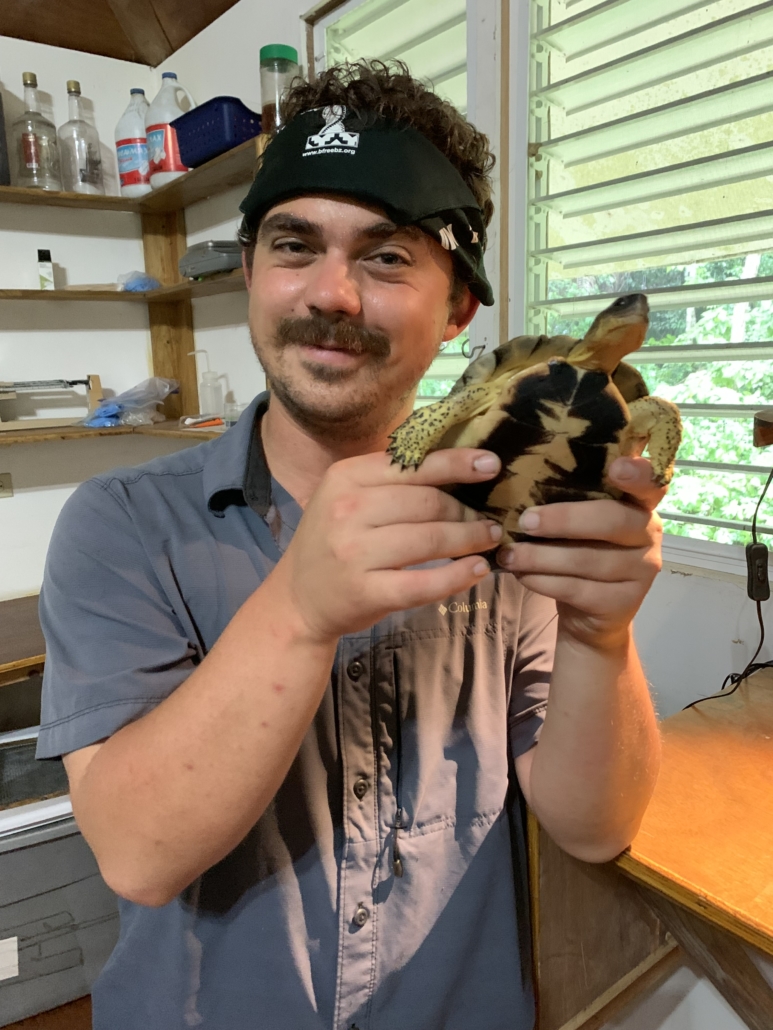

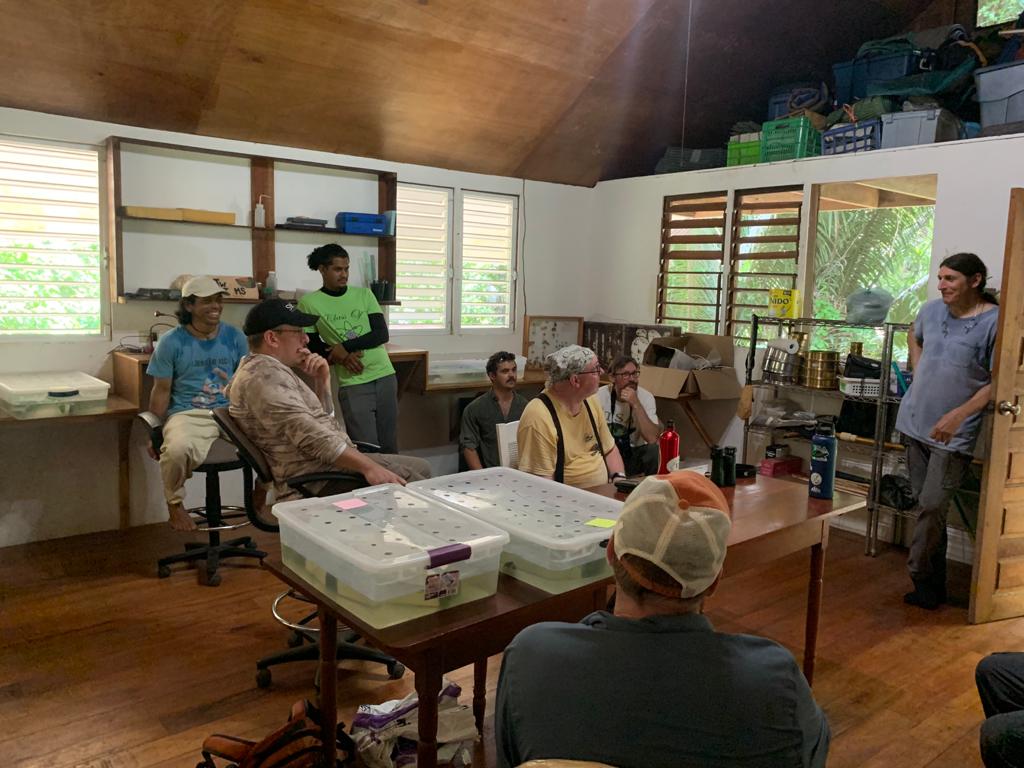
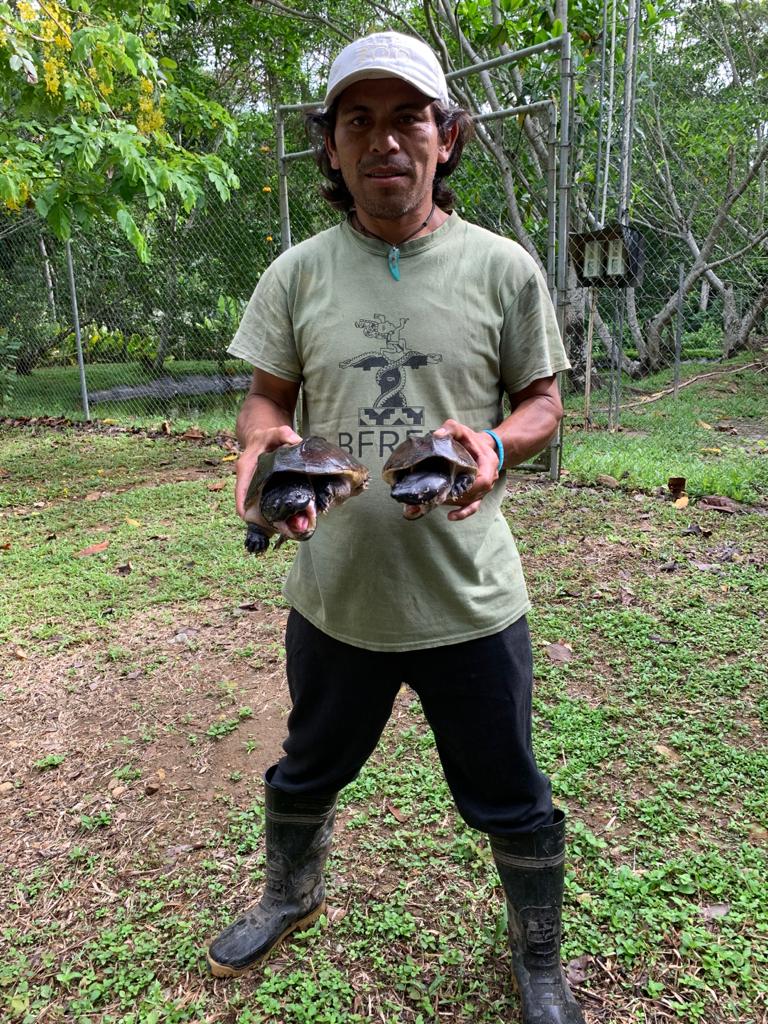

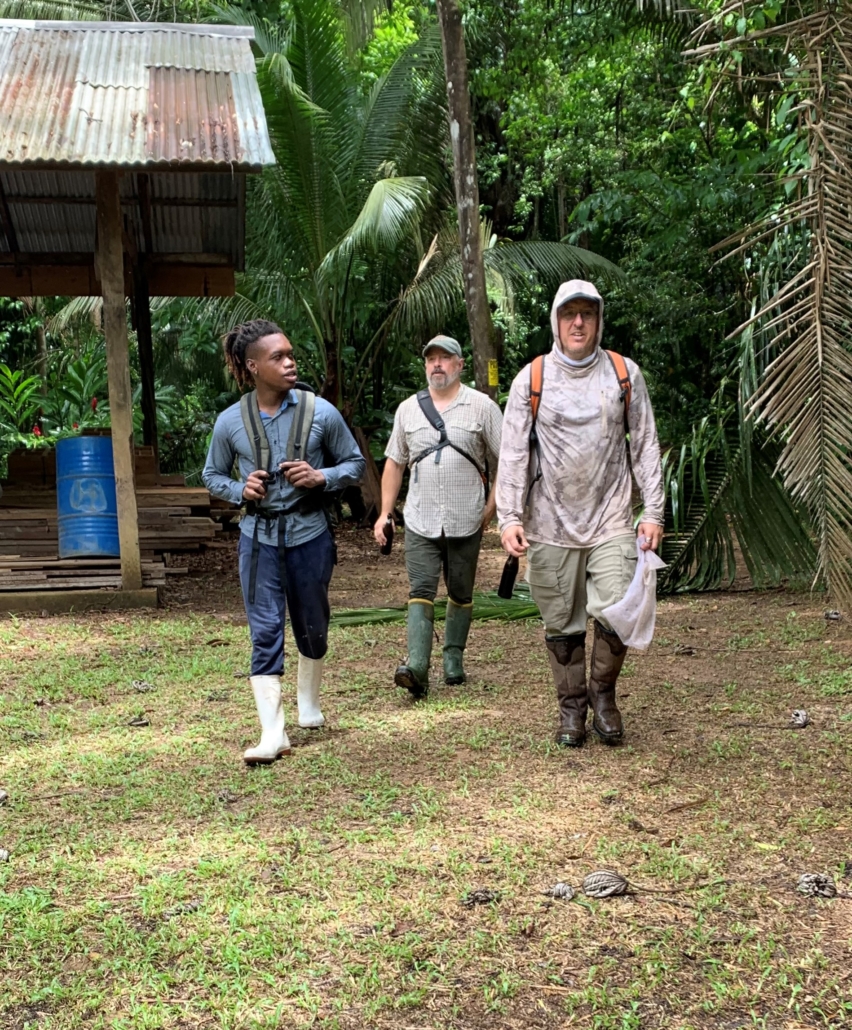
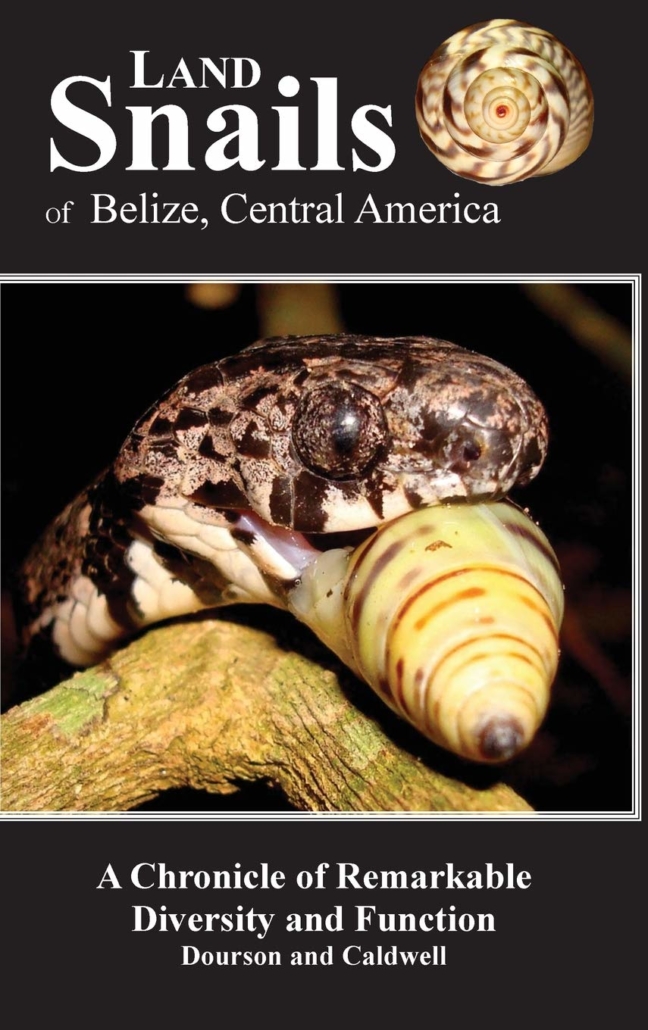

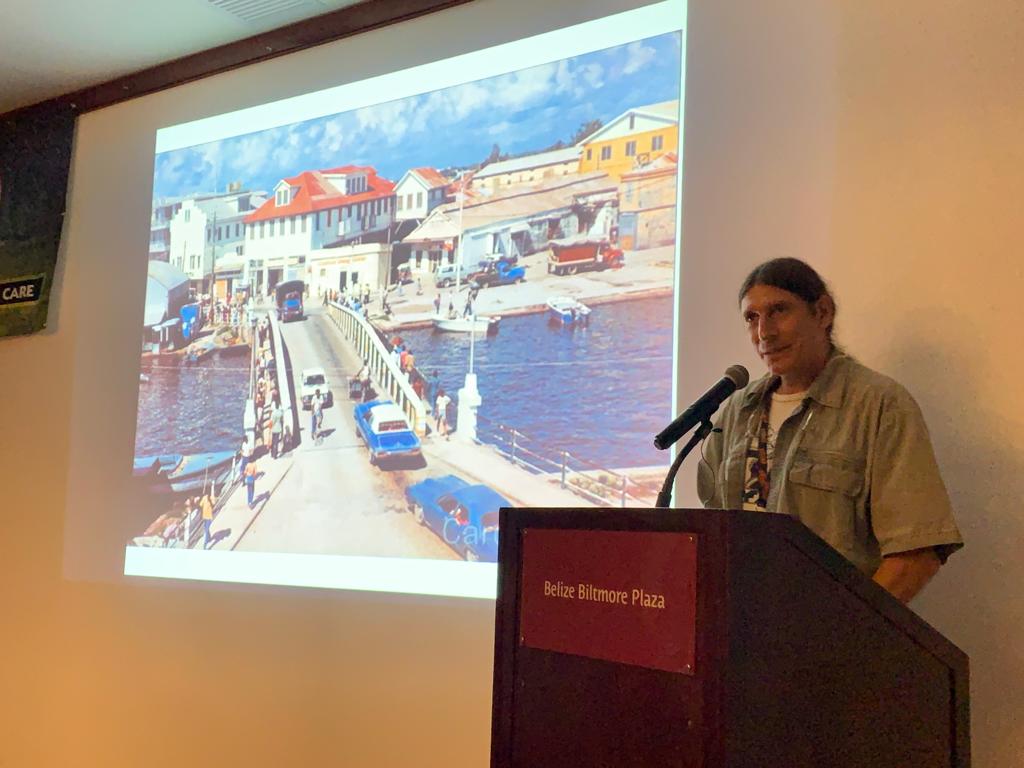
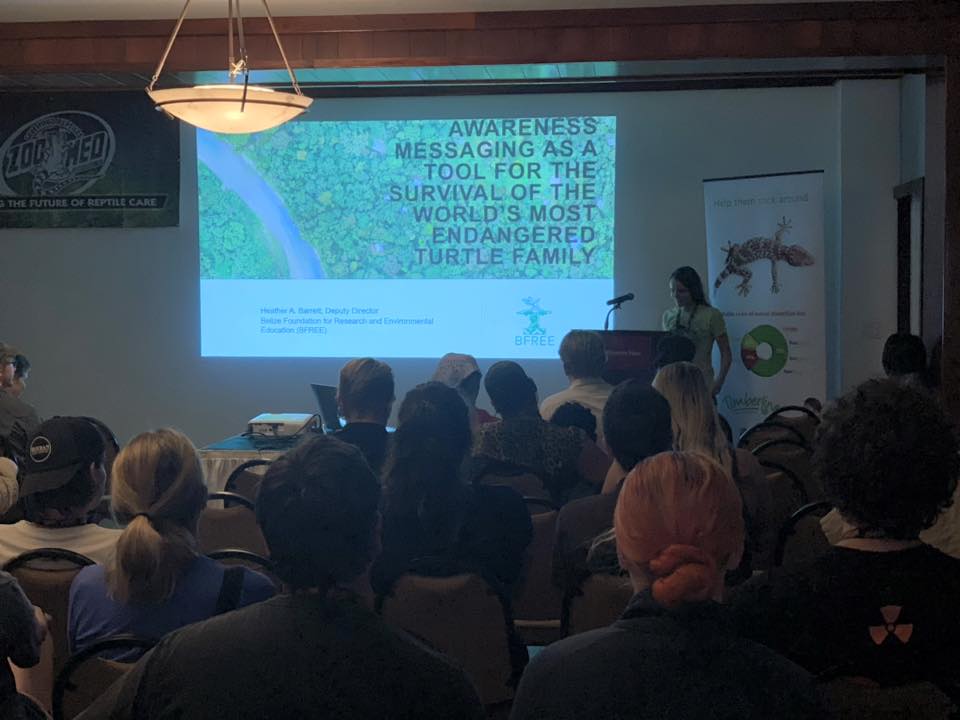
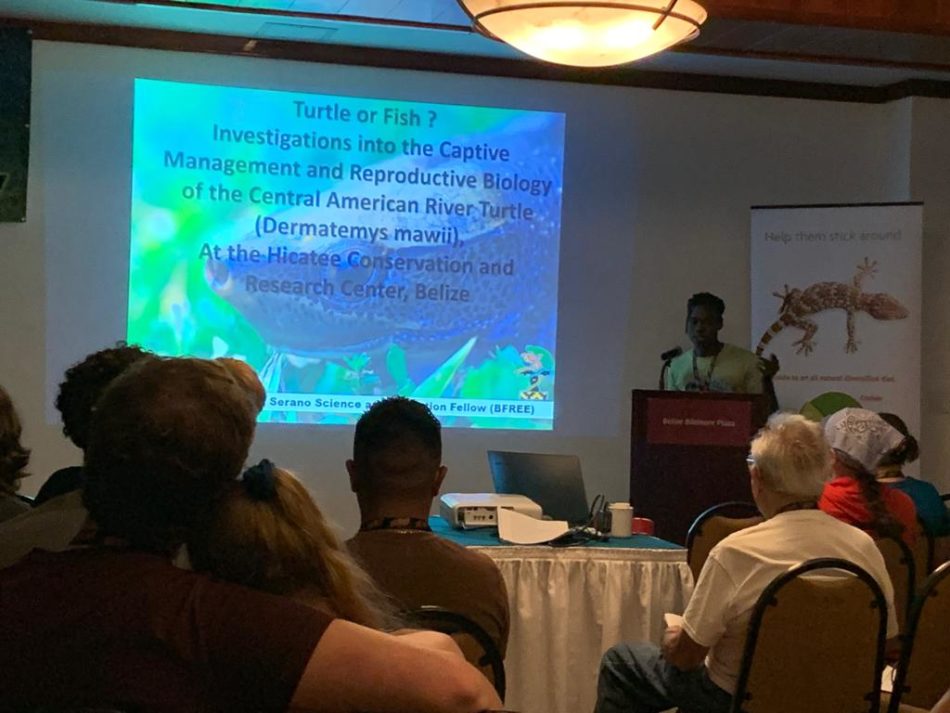
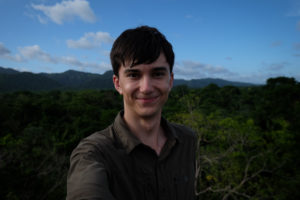 Parr McQueen, an undergraduate student at the University of Richmond traveled to Belize with BFREE earlier this year along with thirteen other classmates. The Field Course led by Dr. Amy Treonis and Dr. Kristine Grayson was focused on using experiential field methods to learn how scientists study the natural world.
Parr McQueen, an undergraduate student at the University of Richmond traveled to Belize with BFREE earlier this year along with thirteen other classmates. The Field Course led by Dr. Amy Treonis and Dr. Kristine Grayson was focused on using experiential field methods to learn how scientists study the natural world.